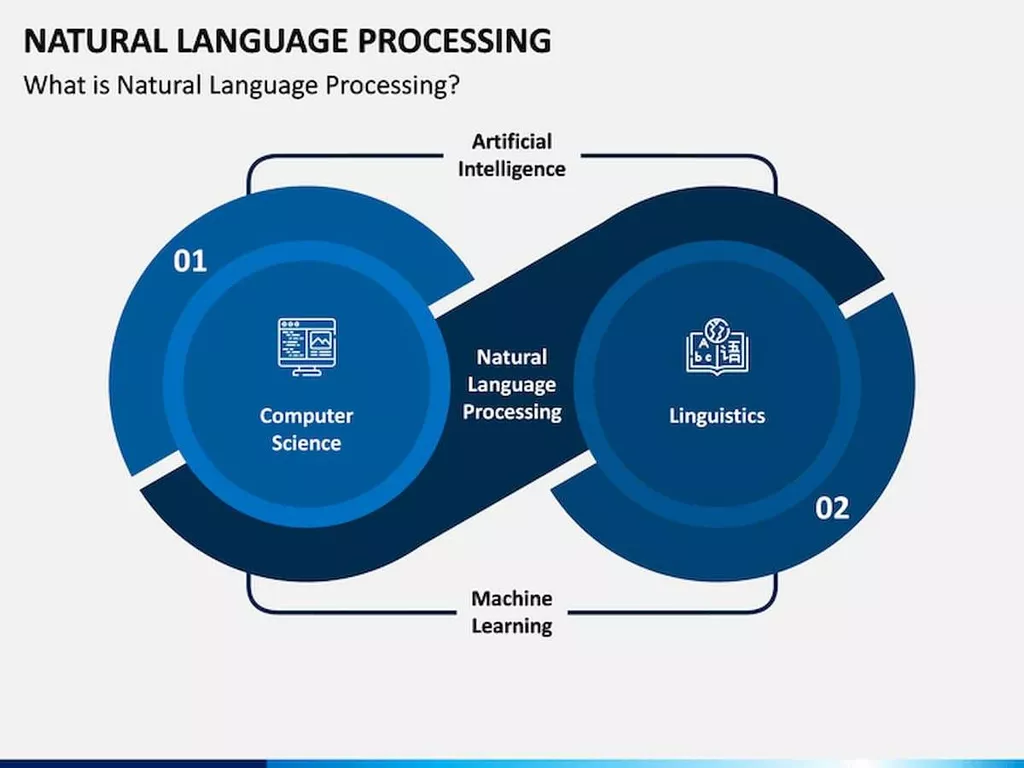06 Dec How to Design a Lasting Information Architecture for Library Services
User research techniques such as surveys, interviews, and usability testing provide valuable insights into user expectations and pain points. Widgets – no matter what theme you’ve used in the past, you have most likely always encountered these. WordPress comes with several built-in widgets such as the ability to show a list of pages, categories, custom menus, and more. Plugins can offer more, and sometimes themes also have widgets built into their functionality. You can create widgeted areas for basically any part of your site, if you code them into your templates.

By strategically placing calls-to-action and related content, it can guide users towards desired outcomes, such as making a purchase, signing up for a newsletter, or contacting the company. Breadcrumbs – many themes come with this feature built in, and they are often commonplace. If your content is very hierarchical and several layers deep, breadcrumbs will be very helpful in showing users where they are. Since SEO will likely be important to you as well, consider using the breadcrumb feature in the WordPress SEO by Yoast plugin to avoid extra, unnecessary plugin installations.
Limited Screen Real Estate (Mobile IA)
Create these sitemaps that are compatible with each major browser thanks to the highly optimized code. There is a plethora of different navigation styles, but you can edit the appearance of the menu so that it fits what you want and need for your sitemap. This sitemap creator comes with the generous price of free, as unsupported software.
That said, some types of sites can especially benefit from a focus on IA. For example, eCommerce websites heavily rely on effective information architecture to ensure smooth navigation and easy access to products. The IA of an eCommerce website includes categories, subcategories, filters, search functionality, and product pages. Well-organised IA allows users to quickly find desired products, browse through related categories, and make purchases with ease. The fifth step to design a lasting IA is to implement and maintain your IA by deploying it on your information system and keeping it updated and relevant. You can use tools, such as content management systems, databases, or web platforms, to store and manage your information and implement your IA.
Healthcare Website Design Examples We Love [+ How To Make Your Own]
But, content organization, or classification, is typically where the information-architecture-rubber meets the road. The effort to organize a Web site’s content requires that you develop a thorough understanding of that content and how the users of a particular domain of information might view it on many levels. During this content organization task, formally classifying content typically leads to foundational content models. It helps users find the products or services that they are looking for and make navigation to the right page seamless and straightforward. The first step to design a lasting IA is to understand who your users are, what they want to do, and how they think about the information they need. You can use various methods, such as surveys, interviews, personas, scenarios, or user testing, to gather insights into your users’ characteristics, preferences, behaviors, and expectations.

A background image of the team, a strong message that reinforces their mission statement, and a simple navigation menu. It usually contains the company logo and contact details, primary navigation menu, and search form. Now that the information architecture and Mind Map are ready, the next step is to build the wireframe or prototype. The information architecture is basically a foundation for the prototype of the website. A part of the interaction design, information architecture can be defined as the wireframe on which the entire product is built. Some architects use Mind Mapping tools to create the outline while others go for the traditional pen-and-paper or whiteboard method.
The value of Information Architecture for business
This step helps identify gaps, redundancies, and opportunities for improvement. A content inventory documents all the content elements, such as pages, articles, media files, or other resources, providing a comprehensive view of the content landscape. Webflow’s fluency in handling images makes it an excellent choice for architecture designs. The drag-and-drop interface fosters a seamless workflow and allows for free experimentation with size and placement. The Designer tool automatically creates clean CSS and HTML code as you build the site, preventing code bloat that impedes site performance.

Foster a culture of continuous learning and knowledge sharing among information architects, designers, and developers. Encourage cross-disciplinary training sessions and workshops to enhance everyone’s skill set. Embrace an agile approach to IA development, where the IA is refined iteratively based on feedback and changing requirements. Clearly define the roles and responsibilities of each team member involved in the IA process. Understanding each person’s area of expertise and contribution helps avoid misunderstandings and streamlines the workflow.
Top 10 most popular Webflow websites of 2016
Make sure the search results are displayed in a format that works well on various devices. Ensure that navigation buttons and interactive elements are touch-friendly and have adequate spacing to prevent accidental taps or clicks on smaller touch screens. When given the choice between using a vector icon or a static image, it’s a good idea to go with the vector. They’re small and fast to load, and they can scale to any size without a loss of resolution.

IA ensures that content is logically grouped and linked, making it more discoverable by search engines. When content is well-organized, search engines can identify the relationships between different pages, which can positively impact the site’s visibility in search results. IA helps users understand their location within the website and how different sections are related. Elements such as breadcrumb trails provide visual cues that aid users in navigating back to previous pages or higher-level categories. Information architecture is an iterative process that involves continuous evaluation and refinement.
What are the Best Practices for Information Architecture in Responsive Web Design?
By implementing and maintaining your IA, you can ensure that your IA is functional and reliable and that it meets the changing needs and contexts of your users and stakeholders. The third step to design a lasting IA is to choose how you will structure and organize your information in a way that is logical, consistent, and intuitive. You can use techniques, such as card sorting, tree testing, or clustering, to group and label your information into categories and subcategories that reflect your users’ needs and expectations.
- There are about 250 templates, over 500 elements, it has been meticulously designed, it is fully scalable and vector based, and it is compatible with Sketch 3+ as well as Adobe CS6+.
- This is a great resource for those who are familiar with common information architecture practices.
- In this column, I’ll demonstrate a basic approach to creating a Web-site information architecture.
- Speaking of an impression, when users can’t find what they’re looking for and navigate easily on your website or app, it has a negative impact on your brand and its reputation.
A well-structured information architecture ensures that users can easily find what they are looking for. By organizing content in a logical manner and providing intuitive navigation, visitors can navigate through the website effortlessly, leading to a more satisfying and productive experience. In the analogy of constructing a building, the early phases of development involve understanding the needs of the building, its potential tenants, and local building codes.
Defining User Goals
This classification also suggests a potentially valid semantic relationship that implies sports (subject) have (predicate) athletes (object), and authors write books about athletes. This thinking can subsequently transition into more sophisticated domain-modeling strategies. Accountable information architecture How to Hire an ICO Developer requires accountable business strategy. Although this project could have started similarly to most engagements with enthusiastic clients who just want to know when they can see a design, it didn’t. Instead, it started off with a seemingly more sophisticated client who asked, “When can we see wireframes?
Information Architecture
The searching system is effective only for the products with loads of information when the users risk getting lost there. In this case, the designers should consider a search engine, filters, and many other tools helping users find content and plan how the data will look after the search. Nowadays, when the user-centered approach in design is a top trend, many designers learn the principles of information architecture science which they believe is a foundation of efficient design. The thing is that even compelling content elements and powerful UI design can fail without appropriate IA. Unorganized content makes navigation difficult and inexplicit, so the users can easily get lost and feel annoyed.
How to create Information Architecture for web design?
With the advancement of technology, it may seem a bit odd to revert back to pencil and paper for planning, but it is the simplest, quickest, and most effective way to build a sitemap anywhere, anytime. You don’t need a WiFi signal, batteries, or a cord to build a sitemap using this tool. To make your sitemap using a pencil and paper, all that you need to do is list out your content items and ask those around you to draw circles around items in similar groupings. This is a great way to aid in creating information architecture optimization and analysis. In this same theme, you could use a large whiteboard or chalkboard, or even an easel and drawing paper or index cards.



Sorry, the comment form is closed at this time.